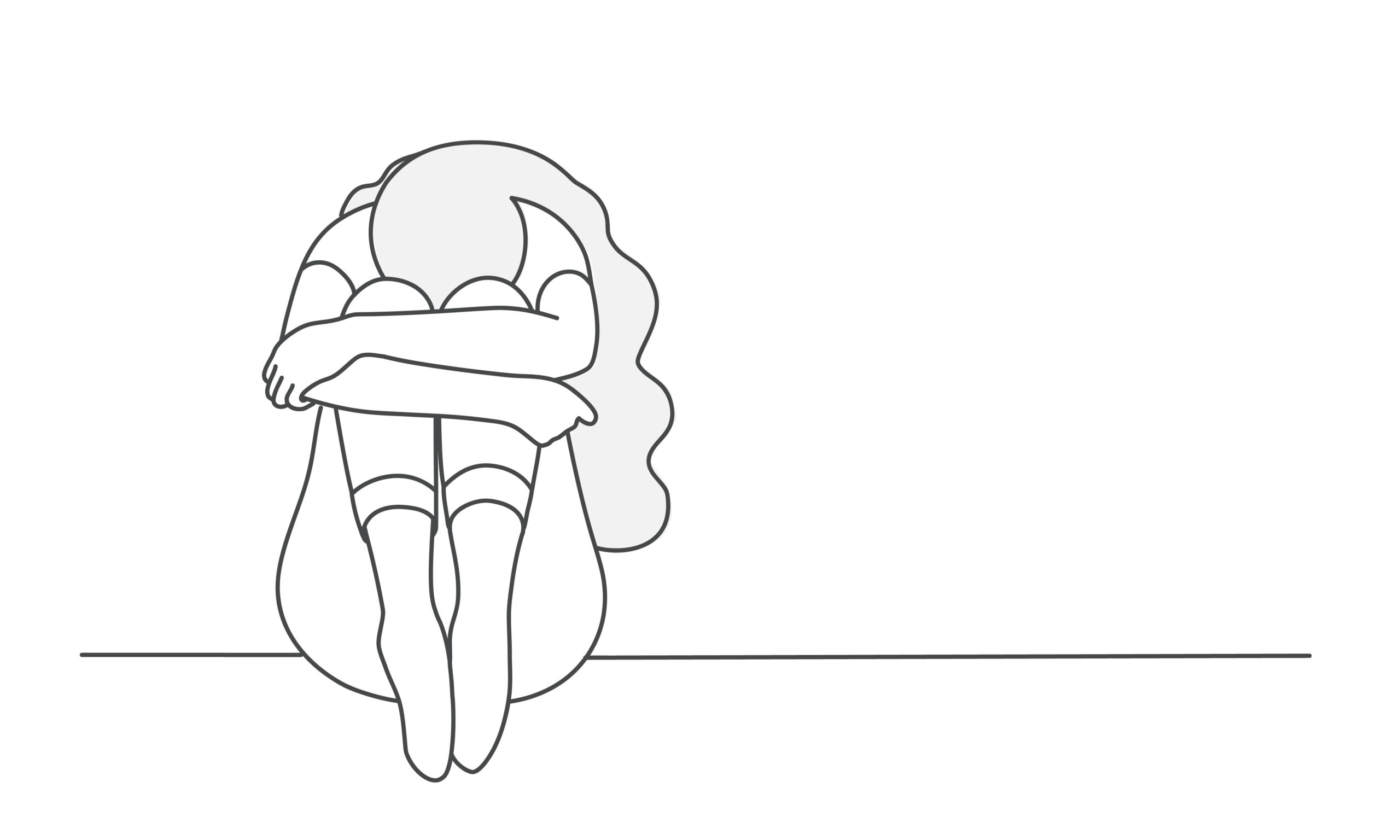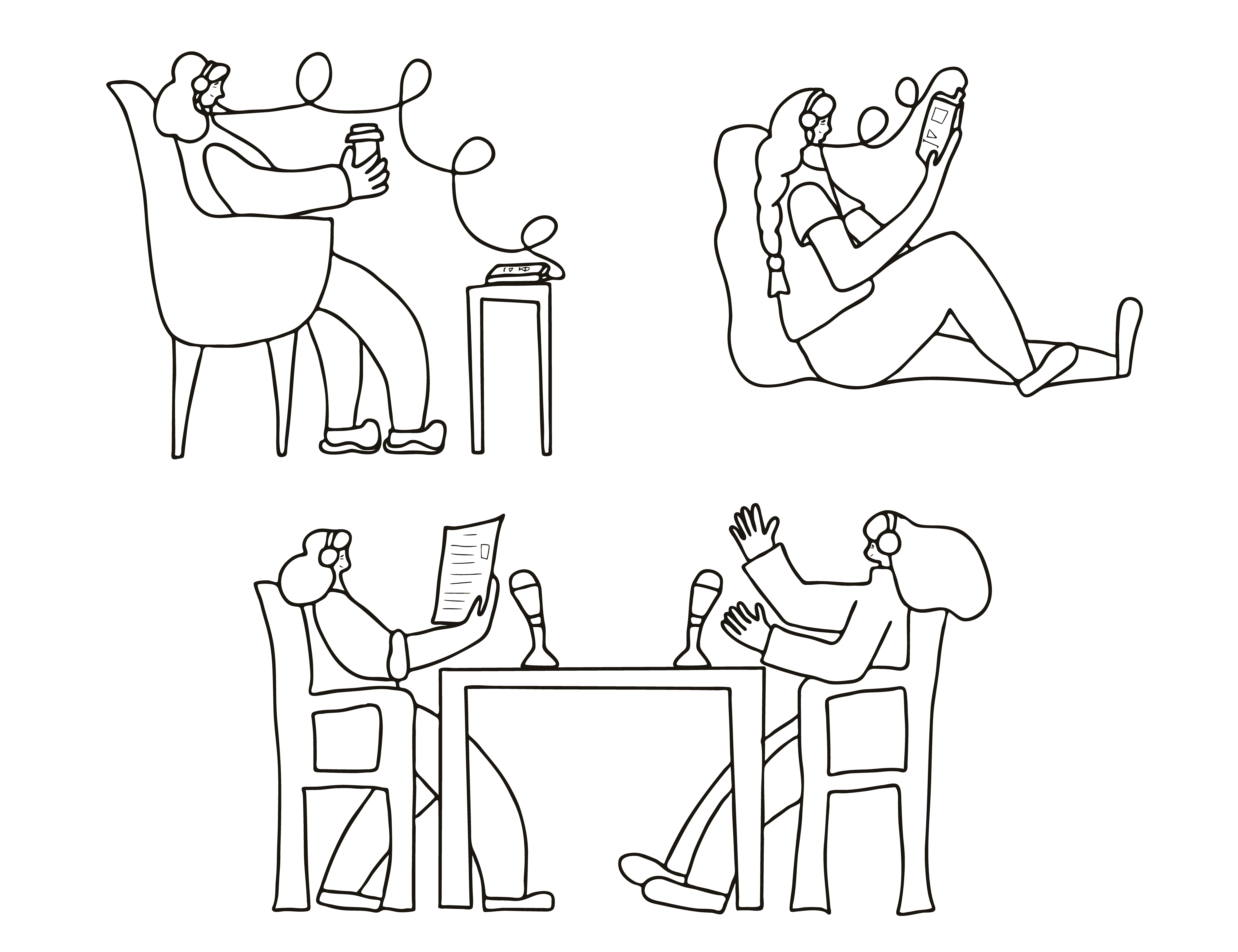I recently listened to a thought provoking podcast featuring Swedish psychiatrist Anders Hansen. He takes a brain-focused approach to exploring mental health, viewing it through an evolutionary lens. One of his key points is that we, and predominantly young people, often think of the world today as a more perilous place than it truly is.

This skewed perception stems, Hansen says, from a misunderstanding of anxiety that has become prevalent. Instead of recognising anxiety as a feeling that will pass (a verb, ‘I am anxious’), we tend to treat it as a tangible condition, a ‘thing’, a noun: ‘I have anxiety’. Because of this shift in view, we then try to get rid of this ‘thing’ called anxiety as swiftly as possible.
Many have commented on this societal transformation, including authors such as Frank Furedi, Lisa Damour, or Lenore Skenazy, discussing different aspects of the pervasive climate of fear, and the anxiety avoidance in our society.
Drawing on Darwinian theory, Hansen describes anxiety as a signal, like a fire alarm –
‘an evolutionary defence mechanism, your brain trying to protect your life – to survive at all costs’.
Our modern world, he goes on to say, full of ‘cars and computers and refrigerators and Tinders’ is nothing like the environment our ancestors evolved in as hunter-gatherers. Based on this –
It’s not strange that there are people with anxiety [today]. It’s strange that there are people who don’t [feel anxiety].
Hansen reminds us that, after all, ‘we never evolved for happiness’. Our ancestors’ concern was on basics: hunting, gathering, safeguarding against threats and finding shelter. So, maintaining a constant state of vigilance is, from this point of view, a natural response; it’s not a problem when dangers and disruptions are few and far between. But our chaotic, noisy, fast paced, over-colourful and wide-open world, with endless choices, encourages heightened vigilance which can quickly become overwhelming. The gist of Hansen’s argument is that our current accelerated way of living ignores the biological reality of our brain and body’s capacity.
These ideas are not groundbreaking, but they seem increasingly to be slipping away from our collective memory. Freud , more than a hundred years ago, repeatedly talked about the balancing act of human life, accepting ‘ordinary human unhappiness’ as our lot. At the end of Studies on Hysteria, Freud notes:
…much will be gained if we succeed in transforming your hysterical misery into common unhappiness. With a mental life that has been restored to health, you will be better armed against that unhappiness. (Freud, 1895, p.305).
Freud recognised different types of anxiety. There’s “signal anxiety”, a ‘small dose’, a premonition that something is wrong that we need to pay attention to. What does the signal of anxiety tell us? That there is an internal conflict between what we want and what reality demands. So signal anxiety is a guidepost for impending danger, internal or external. At its mildest, it can be as simple as the stress before exams, unpleasant yet unavoidable.
There is then “automatic anxiety,” an unexpected, overwhelming, physical anxiety that could be the result of a trauma, and that could in itself become traumatic. A panic attack hitting out of nowhere falls into this category.
Trouble arises when we ‘read’ signal anxiety – which tells us we need to pay attention to something – as unacceptable, something for us to get rid of. This misunderstanding, viewing the experience of signal anxiety, in itself, as a huge danger, explains the route towards a panic attack. Hansen says:
‘Most panic attacks are false alarms that show you are functioning normally … like a faulty smoke detector’.
Of course, anxiety, even in its mildest form, isn’t straightforward: saying something is normal and needs to be accepted is not the same as saying it’s easy to go through. Anxiety is ‘both natural and hell’, as Hansen says in the podcast.
Such an approach can seem at the face of it to minimise the suffering involved, but it’s the opposite: it helps us pay attention to the primary layer of suffering – the panic, the anxiety – without adding unnecessary suffering by telling ourselves this shouldn’t be happening.
The main message here is that feelings and bodily sensations convey messages. Hansen sees these messages as survival messages from the past, referencing a beautiful metaphor: ‘ancestral whispers’. This refers to our body and mind not being able to cope with the modern way of living, thus being more prone nowadays to frequent false alarms.
However, merely being reminded that anxiety is normal and we need to accept it overlooks the personal or familial narrative the anxiety is trying to tell us, and that’s where a psychoanalytic approach comes in. By going a step beyond the ‘ancestral whispers’ idea, which involves just viewing anxiety as an expression of our brain’s faulty adjustment to the modern world, we can be curious about other whispers too, the other stories the anxiety is trying to tell us: from family dynamics, to unexplored parts of ourselves.